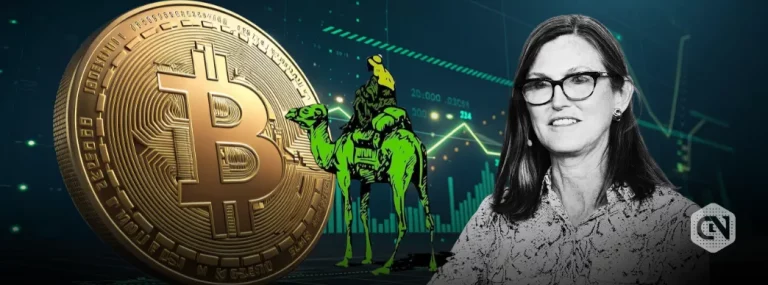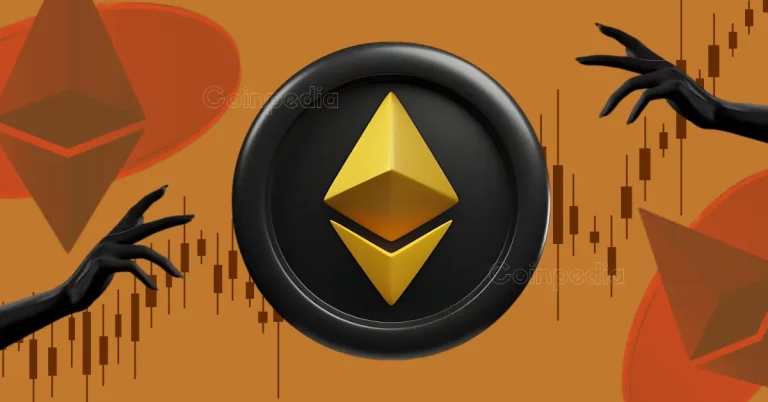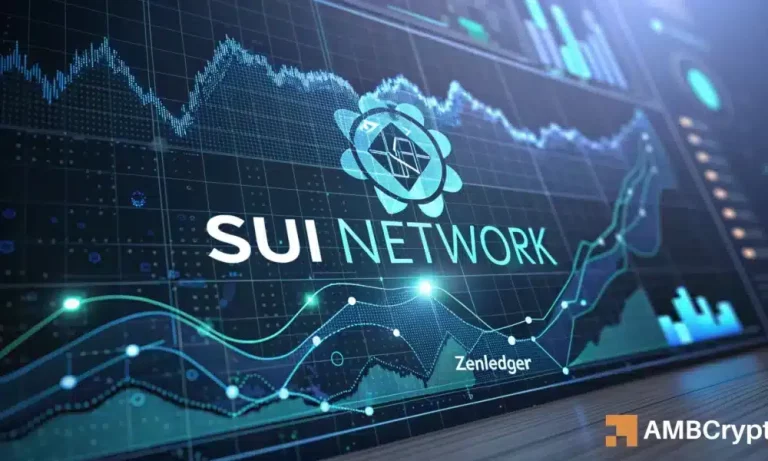
The Evolution of E-commerce by 2025: Trends and Innovations
E-commerce, or electronic commerce, has undergone significant transformations since its inception. The Evolution of E-commerce by 2025 is expected to be more pronounced, with emerging technologies and changing consumer behavior driving growth. In this article, we will explore the trends, innovations, and technologies that will shape the future of e-commerce.
Introduction to E-commerce
E-commerce refers to the buying and selling of goods and services over the internet. It has become an essential part of the retail industry, with millions of consumers shopping online every day. The e-commerce market has grown significantly over the years, with an estimated global value of $4.2 trillion in 2020.
Trends in E-commerce
Several trends are expected to shape the future of e-commerce. These include:
- Mobile Commerce: With the increasing use of smartphones, mobile commerce is becoming a significant channel for e-commerce. By 2025, mobile commerce is expected to account for over 70% of all e-commerce transactions.
- Social Commerce: Social media platforms are becoming increasingly important for e-commerce, with many consumers discovering and purchasing products through social media.
- Artificial Intelligence: Artificial intelligence (AI) is being used to personalize the shopping experience, with AI-powered chatbots and product recommendations becoming more common.
- Augmented Reality: Augmented reality (AR) is being used to enhance the shopping experience, with many retailers using AR to allow consumers to try out products virtually.
Innovations in E-commerce
Several innovations are expected to transform the e-commerce industry by 2025. These include:
- Blockchain Technology: Blockchain technology is being used to enhance security and transparency in e-commerce, with many retailers using blockchain to track inventory and shipping.
- Internet of Things (IoT): The IoT is being used to connect devices and enhance the shopping experience, with many retailers using IoT to offer personalized promotions and recommendations.
- 5G Networks: The introduction of 5G networks is expected to enhance the speed and reliability of e-commerce, with faster loading times and lower latency.
Technologies Driving E-commerce
Several technologies are driving the growth of e-commerce. These include:
- Cloud Computing: Cloud computing is being used to enhance the scalability and flexibility of e-commerce platforms, with many retailers using cloud computing to manage their online stores.
- Big Data Analytics: Big data analytics is being used to analyze consumer behavior and preferences, with many retailers using big data analytics to offer personalized recommendations and promotions.
- Cybersecurity: Cybersecurity is becoming increasingly important for e-commerce, with many retailers using cybersecurity measures to protect consumer data and prevent fraud.
Conclusion
The evolution of e-commerce by 2025 will be driven by emerging technologies and changing consumer behavior. As the e-commerce industry continues to grow and evolve, it is essential for retailers to stay ahead of the curve and adapt to the latest trends and innovations. By understanding the trends, innovations, and technologies driving e-commerce, retailers can enhance the shopping experience and stay competitive in a rapidly changing market.





